- Stress as a Major Trigger: Studies reveal stress is a leading self-reported trigger for seborrheic dermatitis flare-ups.
- Inflammation Amplified: Stress intensifies inflammation, a key factor in seborrheic dermatitis.
- Skin Barrier Compromised: Stress weakens the skin’s protective barrier, increasing irritation.
- Manage Stress, Improve Skin: Effective stress management is crucial for reducing flare frequency and severity.
Seborrheic dermatitis, a chronic skin condition characterized by red, flaky, and greasy patches, commonly affects areas like the scalp, face, chest, back, and skin folds [1]. While the precise cause remains elusive, a growing body of research points to stress as a significant contributor to flare-ups and symptom exacerbation [1][2].
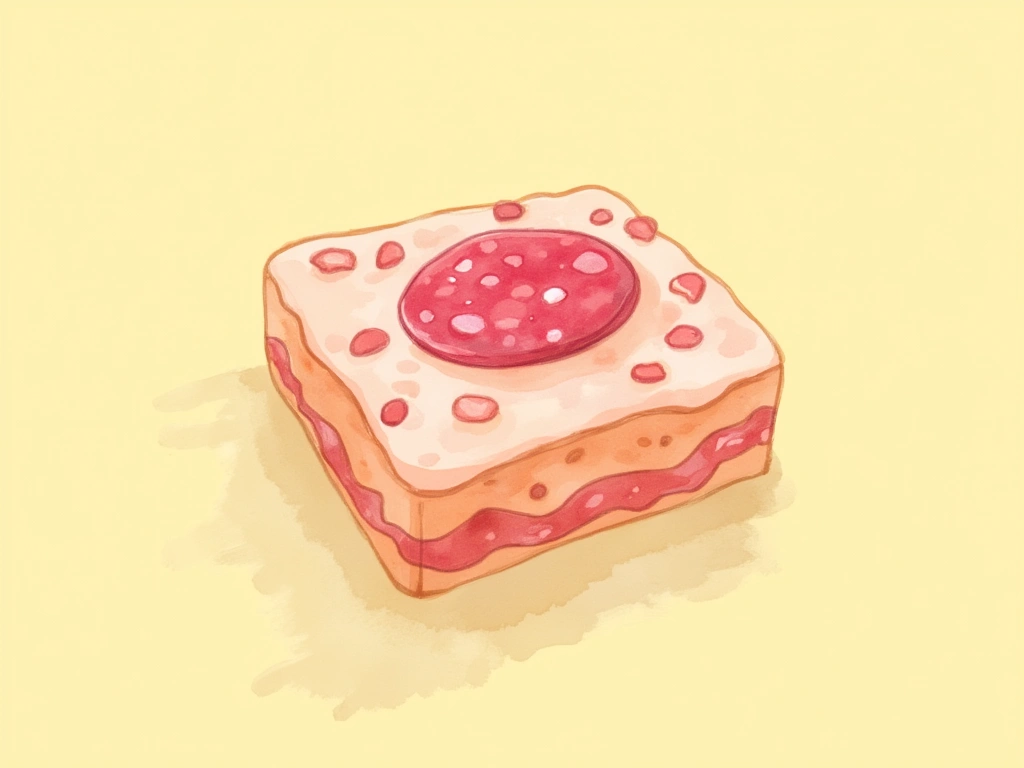
Decoding Seborrheic Dermatitis
Seborrheic dermatitis manifests as scaly, red patches and dandruff-like flakes, primarily affecting oily skin regions [3]. It can appear in infancy as cradle cap and in adults and adolescents, it follows a fluctuating pattern of flares and remissions [4].
Several factors are implicated in the development and progression of seborrheic dermatitis [5]:
- Overactive Sebaceous Glands: Increased oil production in the skin.
- Malassezia Yeast: Colonization of this yeast on the skin’s surface.
- Inflammation: The body’s immune response contributing to redness and irritation.
- Altered Immune Response: Irregularities in the body’s defense mechanisms.
Though not contagious, seborrheic dermatitis can be bothersome due to its visible symptoms like redness, scaling, and itchiness. Management strategies focus on symptom control and flare prevention through various treatments [6] [7]:
- Antifungal creams and shampoos
- Anti-inflammatory creams and ointments
- Steroid creams and ointments
External triggers can exacerbate seborrheic dermatitis, and stress has emerged as a noteworthy factor in worsening this skin condition.
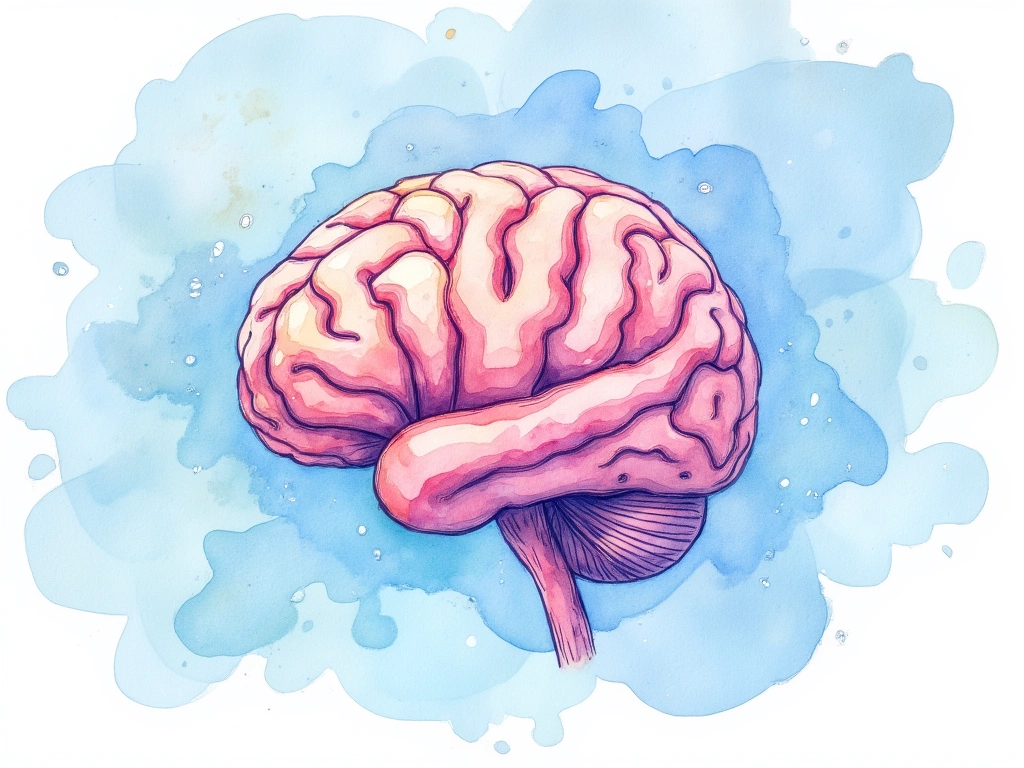
Unpacking the Stress-Seborrheic Dermatitis Connection
A 2007 prospective study highlighted stress as the most frequently reported trigger for seborrheic dermatitis flares [1]. An overwhelming 84% of patients linked stressful events in the preceding month to their flare-ups. Furthermore, individuals identifying stress as a trigger exhibited higher anxiety levels in psychological assessments [1].
Further research reinforces the link between stress and seborrheic dermatitis [2]:
- Chronic stress is implicated in flares of inflammatory skin conditions, including seborrheic dermatitis.
- Stress disrupts the delicate balance of the nervous, endocrine, and immune systems, leading to heightened inflammation and skin sensitivity.
- Stress hormones can compromise the skin barrier, making it more susceptible to irritation.
The observation that college students with seborrheic dermatitis experience more flares during exam periods further underscores the connection to heightened stress levels [5].
While current evidence suggests a relationship between stress and seborrheic dermatitis flares, ongoing research comparing affected individuals to healthy controls is essential for a deeper understanding.
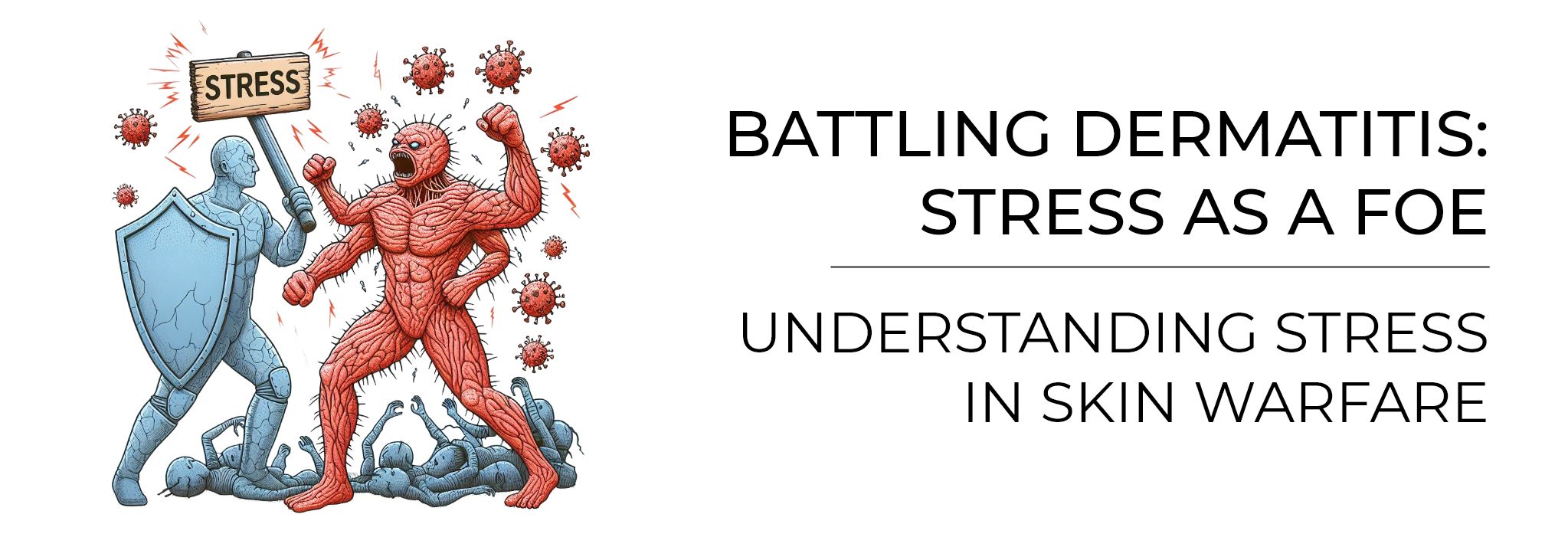
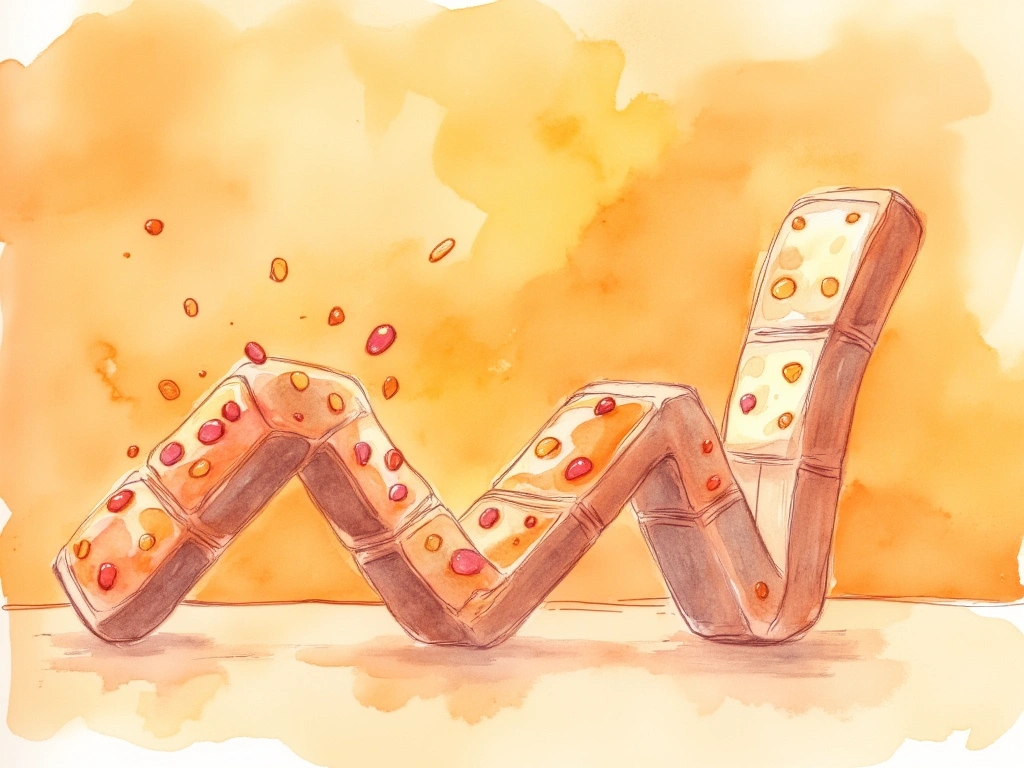
The Cascade Effect: How Stress Impacts Skin Health
Understanding the broader impact of stress on skin health clarifies how it can worsen seborrheic dermatitis. Both short-term (acute) and long-term (chronic) stress have demonstrated effects on the skin [8]:
- Increased inflammation throughout the body
- Elevated levels of stress hormones like cortisol
- Impairment of the skin barrier function
Chronic stress, in particular, can lead to:
- Heightened skin sensitivity and reactivity [8]
- Reduced production of epidermal lipids, contributing to dryness [9]
- Alterations in the skin microbiome, increasing vulnerability to pathogens [10]
- Exacerbation of existing skin conditions such as acne and psoriasis [11]
Psychological stress has also been linked to increased transepidermal water loss, further contributing to dryness and skin barrier damage [12].
These diverse effects of stress on skin biology provide a clear pathway for how stress can trigger or worsen seborrheic dermatitis flares.

Stress Management: A Key to Healthier Skin
Given the established link between stress and skin conditions like seborrheic dermatitis, stress management becomes an integral part of a holistic treatment approach. Effective stress management techniques include [13] [14]:
- Mind-body practices: Meditation, yoga, and deep breathing exercises
- Regular exercise and physical activity
- Strong social support networks and counseling
- Relaxation techniques: Massage, music therapy, and aromatherapy
These stress-reducing strategies help regulate the body’s stress response, restoring balance to the nervous, immune, and endocrine systems. This, in turn, aids in reducing overall inflammation.
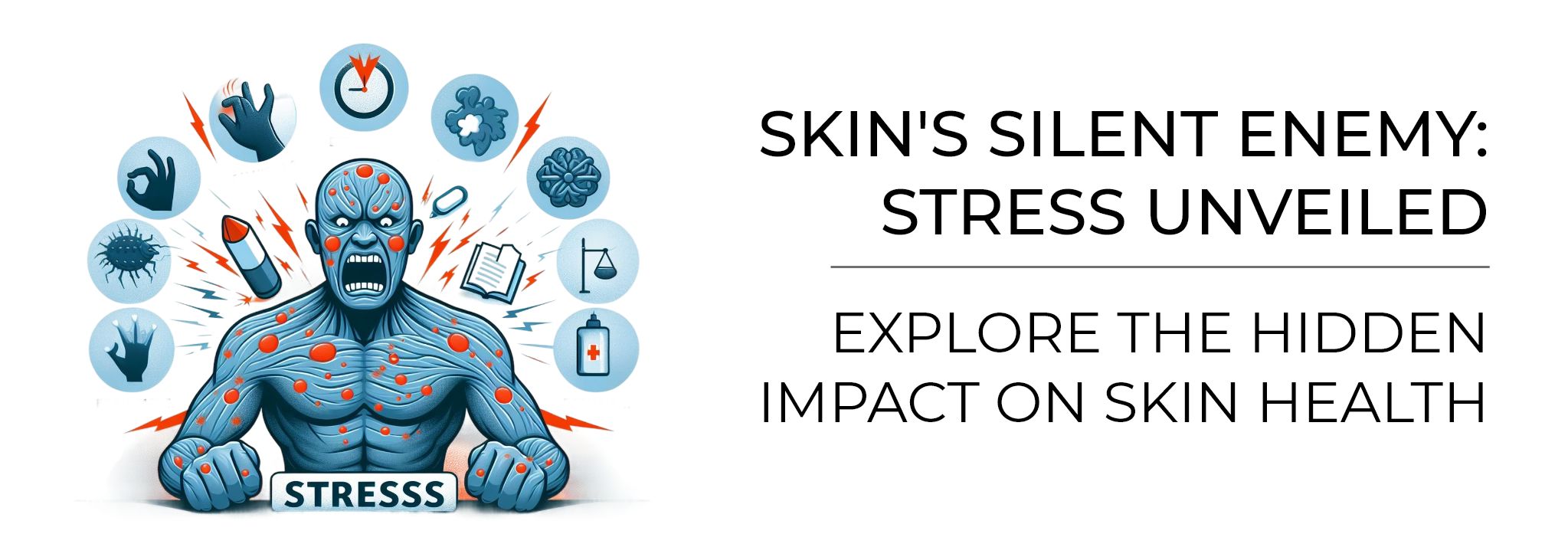
Cultivating a positive mindset towards stress can also be beneficial [15]. Reframing stressful situations as challenges rather than insurmountable obstacles can enhance resilience and improve coping mechanisms.
Adopting proactive stress management through lifestyle adjustments, mindset shifts, and relaxation practices can significantly improve skin health outcomes and potentially reduce the frequency and severity of seborrheic dermatitis flares. This comprehensive approach offers a path towards better skin wellness.

In Conclusion: Stress and Your Skin
Current research strongly suggests that stress can act as a trigger for seborrheic dermatitis flares. Stress disrupts vital physiological processes essential for skin health, including barrier function, microbiome balance, inflammation regulation, and moisture retention. Integrating stress management techniques such as mind-body therapies, exercise, social support, and fostering a positive mindset into your daily routine may offer a promising strategy for mitigating the skin-related impacts of stress and improving seborrheic dermatitis symptoms. While further research is ongoing, a holistic approach that addresses lifestyle, mindset, and targeted skin care holds significant potential for managing this challenging skin condition.
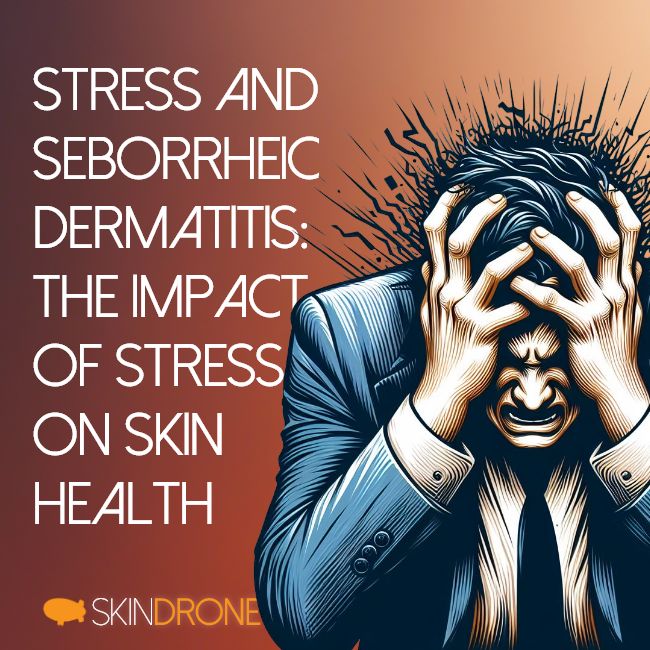
No Comments
Be the first to start a conversation